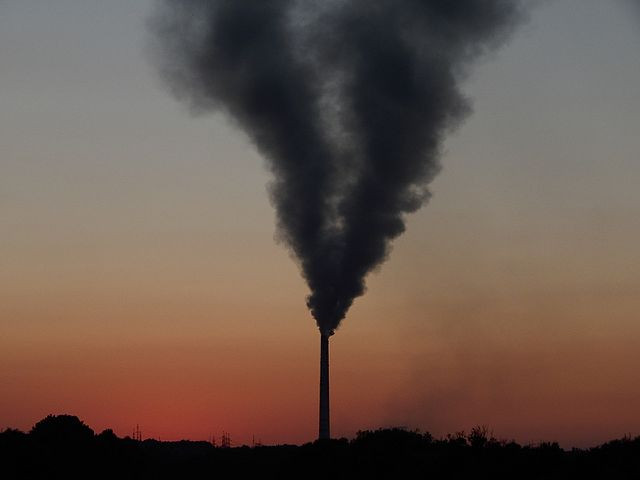Despite the general perception of good air quality in Europe, a recent report reveals that air pollution levels in the region still fail to meet World Health Organization standards, positioning it as the leading environmental health threat in the European Union.
The European Environment Agency (EEA) reported on Friday that in 2021, air pollution was linked to the deaths of nearly 400,000 people in Europe. Virginijus Sinkevičius, the EU's Commissioner for the Environment, emphasized that air pollution continues to be the EU's most pressing environmental health issue.
The report analyzed data related to three primary pollutants: particulate matter (PM2.5), nitrogen dioxide (NO2), and short-term ozone exposure. In 2021, within the 27 EU countries, pollution caused by PM2.5 led to 253,000 deaths, NO2 pollution resulted in 52,000 deaths, and short-term ozone exposure was responsible for 22,000 deaths.
Expanding the scope to 40 European countries, the number of deaths related to PM2.5 pollution in 2021 rose to 293,000, NO2-related deaths to 69,000, and short-term ozone exposure to 27,000. Compared to the previous year, deaths caused by PM2.5 and NO2 saw a slight increase, while those due to short-term ozone exposure decreased.
Geographically, Poland, Italy, and Germany experienced the highest number of deaths due to PM2.5, with 47,000, 46,800, and 32,300 deaths respectively, while Nordic countries like Iceland and Estonia were least affected. Turkey, Italy, and Germany were most impacted by deaths related to NO2 and short-term ozone exposure.
For the first time, the report detailed the risks of air pollution on different disease groups. It found that PM2.5 particularly affects those with ischemic heart disease, while NO2 poses the greatest risk to diabetics.
PM2.5, which refers to particulate matter with a diameter of 2.5 micrometers or less, primarily originates from the burning of fossil fuels, vehicle emissions, and livestock farming. These particles can be inhaled into the human body and enter the bloodstream. The WHO's latest guideline limits PM2.5 to no more than 5 micrograms per cubic meter. NO2, mainly from the transportation sector, can damage the lungs and increase the risk of diabetes. Ozone, on the other hand, harms the respiratory system and exacerbates lung diseases like asthma.
EU experts noted that although air pollution in Europe has improved since 2005, with a 41% decrease in deaths, the latest figures indicate that it remains a serious issue.
In fact, air pollution is not limited to economically developed regions like Europe. A report analyzing air quality data from 7,323 cities in 131 countries/regions globally, as of 2022, found that air pollution is still the world's largest environmental health threat.
Air pollution not only reduces life expectancy but also adds additional economic costs. Globally, over 6 million people die each year due to poor air quality, with total economic costs exceeding $8 trillion, more than 6.1% of the global annual GDP.
The report also highlighted that air pollution disproportionately impacts the most vulnerable groups, with over 90% of pollution-related deaths occurring in low and middle-income countries.
In 2022, the ten countries with the highest population-weighted average PM2.5 concentrations were Chad, Iraq, Pakistan, Bahrain, Bangladesh, Burkina Faso, Kuwait, India, Egypt, and Tajikistan, all developing countries.
In 2021, the WHO tightened its air quality guidelines, such as setting the PM2.5 limit to 5 micrograms per cubic meter. The EU's air quality standards still fall below those of the WHO. In September of this year, the European Parliament voted to align its air quality standards with those of the WHO, but the implementation date was postponed to 2035.






